Jean-Baptiste Després is sitting on a chair on the terrace of his house overlooking the village of Crécy near Paris, whose church can be seen in the background. He is wearing a Dutch medal, probably presented by the Queen or King Jerome. Frame: 32x37 cm.
Després (1752-1832) is a very interesting character whose physiognomy we discover thanks to the discovery of this very well-preserved small painting, decorated with a beautiful gilded wooden frame.
The precious handwritten notes on the back inform us about the identity of the character with the pleasant and friendly face, familiarly sitting askew on his chair.
Després had many activities. He was, among other things, mayor of Crécy-la-Chapelle (50 km from Paris), librettist and very prolific playwright as well as secretary of the commands of the Queen of Holland Hortense de Beauharnais, daughter of Joséphine, and whom Napoleon married to his brother Louis Bonaparte in 1802. Napoleon's daughter-in-law was Queen of Holland from 1806 to 1810.
As can be read on the back of the Painting, Desprès was secretary of the Queen's commands. This designates an administrative position where he was responsible for receiving, recording and transmitting instructions or orders emanating from the Queen. In other words, he was a trusted official who ensured official communication between the Queen and the various departments or interlocutors concerned, thus facilitating the management of the Queen's affairs.
Després also wrote a lot, in particular libretti for the opera, alone or in collaboration. We know of his:
"L'Opéra de province" (1777): parody in two acts and in verse of "Armide".
"Le Roi Lu" (1783): parody in one act and in verse of "King Lear".
"Cécile et Ermancé" (1792): comic opera.
"Nice" (1793): comedy in one act mixed with vaudevilles, imitation of "Stratonice".
"Le Retour à Bruxelles" (1796): comic opera in one act.
"La Succession" (1796): comic opera in one act, co-written with Jacques-Marie Deschamps.
"Le Pari" (1797): divertissement in one act, in prose and vaudevilles, co-written with Pierre-Yves Barré, Jacques-Marie Deschamps, François-Georges Desfontaines and Jean-Baptiste Radet. "The Portrait of Fielding" (1798): comedy in one act.
"The Allarmist" (1799): comedy in vaudeville.
"The Gondolier, or The Venetian Evening" (1800): opera in one act, co-written with Louis-Philippe de Ségur.
"Saul" (1803): oratorio set in action.
"The Satyr Poet" (1803): comedy in one act and in verse.
"An Evening of Two Prisoners, or Voltaire and Richelieu" (1803): comedy in one act.
"The Pavilion of the Caliph or Almanzor and Zobéide" (1804): opera.
"The New Store of the Moderns" (1805): comedy in one act and in prose.
"The Taking of Jericho" (1805): oratorio in three parts.
"The Chinese Labourer" (1814): one-act opera, co-written with Jacques-Marie Deschamps, Étienne Morel de Chédeville and Henri-Montan Berton.
As a translator, Desprès adapted several English literary works into French, including:
"The Monk" (1793): novel by Matthew Lewis.
"The Mysteries of Udolpho" (1794): novel by Ann Radcliffe.
"Camilla, or The Painting of Youth" (1798): novel by Fanny Burney.
"History of England from the Invasion of Julius Caesar to the Revolution of 1688", (1825-1827): work by David Hume.
"A Simple History" (1826): novel by Elizabeth Inchbald.
also contributed to periodical publications, such as "Le Spectateur politique et littéraire" in 1818 and the "Journal littéraire" between 1796 and 1797.







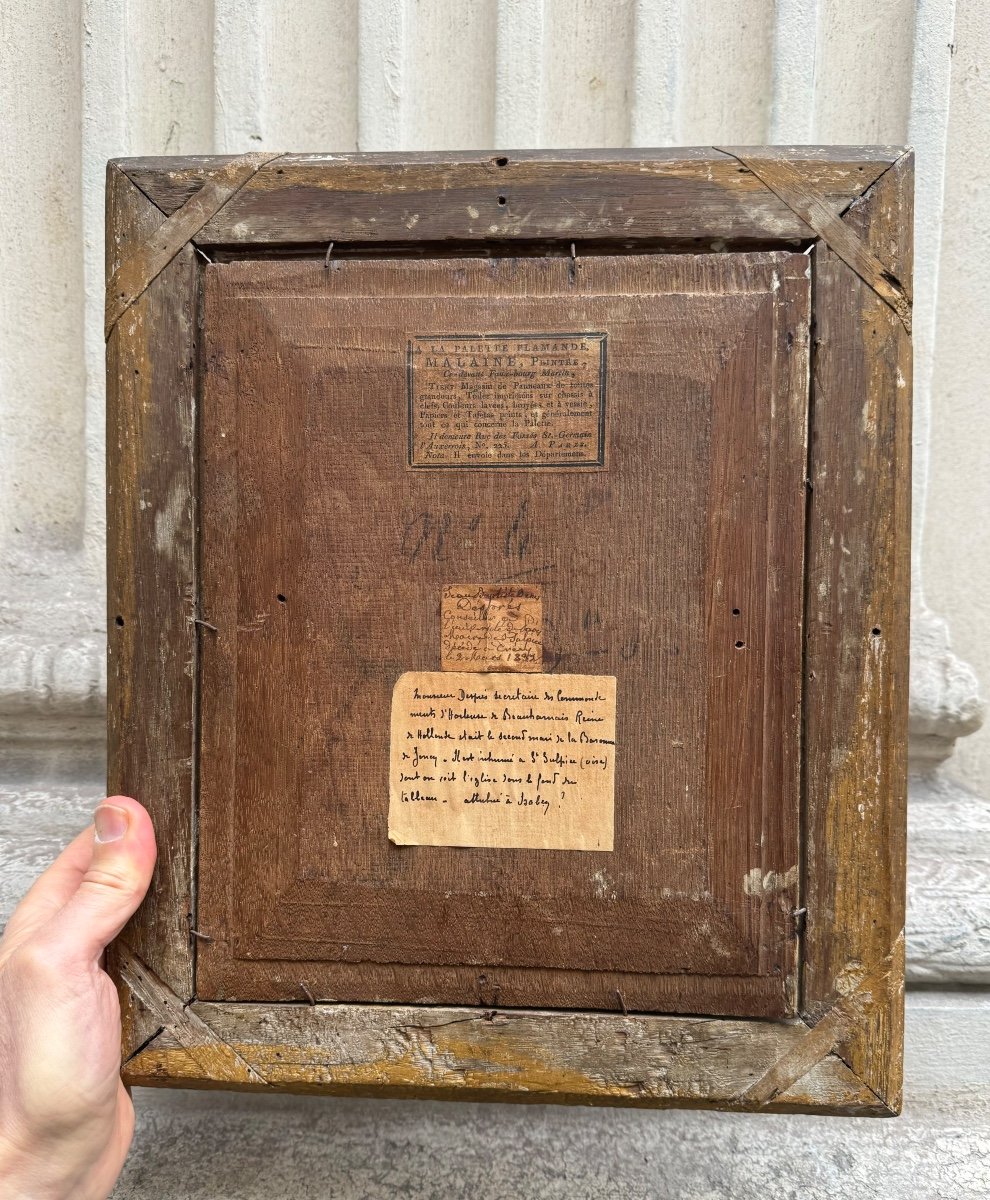














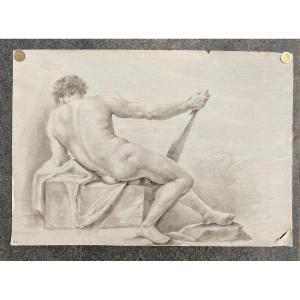
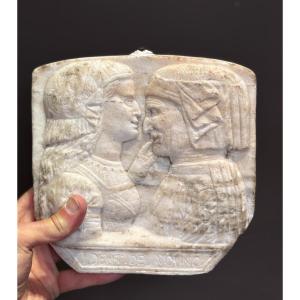





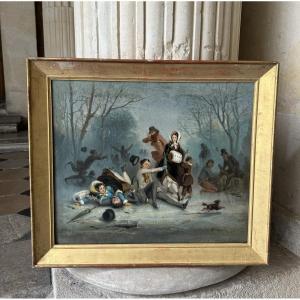




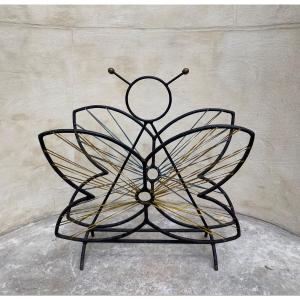





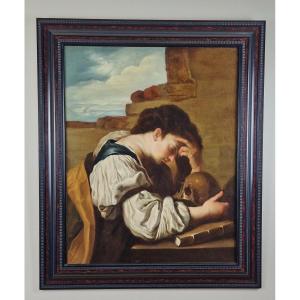



 Le Magazine de PROANTIC
Le Magazine de PROANTIC TRÉSORS Magazine
TRÉSORS Magazine Rivista Artiquariato
Rivista Artiquariato